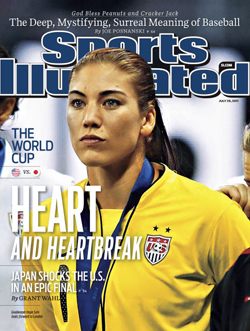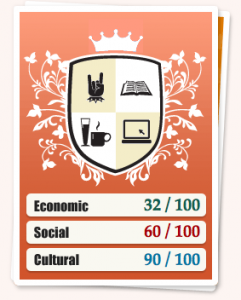
With ouster after ouster, Egypt has undergone constant changes in leadership in recent years. The situation may look like utter chaos, but political scientist Mark Abdollahian and his team of researchers believe they have a good idea of how the events will play out: They wrote a program. In a piece for CNN, Tara Kangarlou describes their work:
Abdollahian’s team used complex computer algorithm logic games that measure how people interact with one another to draw different scenarios of how segments of Egyptian society, power brokers, religious sectors and other sociopolitical variables would affect the outcome of the transition.
Abdollahian had earlier predicted that the Egyptian military would take an important role in watching over the restructuring of the nation and would serve as an important safety net in keeping good relations with the U.S. and its allies like Israel—important because of the massive amounts of American aid the Egyptian military relies on.
These researchers and others saw Morsy and the Muslim Brotherhood as the best answer during the “Arab Spring,” but even at the time, they predicted that the Egyptian people would expect change within a year. Since true change is extremely difficult to achieve in such a short span, the team predicted Morsy’s rejection.
Asked what they think might unfold now, Abdollahian and his colleagues predict that the military will support elections and a revamping of the constitution. But first, they believe there’s a strong possibility of continued violence in which “regular Egyptians are the casualties.”









